For the first time this year, Etam is participating in the European Heritage Days, on September 19 and 20.
On this occasion, the public was able to discover the secrets of the making and the new collection at the “Etam Haussmann flagship”.
ETAM HAUSSMANN
The flagship opened in December 2019 after 11 months of work. The Dutch architect Winy Maas (MVRDV agency) has revisited the places on 3 levels by making them more contemporary. He raised the volumes while keeping the original Haussmann shapes, thus creating a new generation of stores.
THE ETAM GROUP
The Etam Group is a French holding company created in the last half of the 20th century, resulting from the merger in 1958 of Etam and Setamil.
September 1916: Max Lindemann, manager of the Strumpfhaus Meyer stocking factory, sets up his own company. It manufactures and distributes fine and resistant synthetic stockings and women’s lingerie with cheesecloth (hence the name of the brand, Etam). He opens his first store in Berlin.
At the start of the Roaring Twenties, Lindemann opened Etam stores in Argentina, Belgium and Holland.
1923: Opening of the first boutique in London, on Oxford Street.
1924: Etam reaches foreign markets thanks to the creation of “run-on” stockings. Establishment of franchises to develop local partnerships.
1925: At the same time, Martin Milchior opens a network of lingerie stores in Belgium under the Setamil brand.
1928: Opening of the first Parisian boutique at 376, rue Saint-Honoré.
1929: Installation of Martin Milchior in France.
1936: Opening of the Setamil factory in the north of France. Association with Ignace Gluckson.
1938: After the liquidation of his company in Germany following the anti-Semitic policy, Lindemann decides to settle in France and transfers the headquarters of his company there.
CREATIONS AND LOCATIONS
1961: Etam and Setamil join forces under the Etam name to create a major lingerie brand.
1963: Creation of the ready-to-wear branch; the group is at the head of 49 stores.
1965: Permanent automatic restocking of shops.
1968: First set with fancy patterns (bra and panties).
1970s: Launch of the Tammy brand for teenage girls in Great Britain. Presentation of the bra on hanger.
1983: Creation of the 1.2.3 brand intended for a more traditional and high-end clientele.
1995: Establishment in China by associating with a Chinese family. Today there are 3,400 points of sale, mainly in the form of shops in shopping centers. The group generates more than 1/3 of its turnover in the country through 3 brands: Etam, Etam Week-End and Etam Sport.
1998: Takeover of Etam UK. Acquisition of Etam PLC and opening of the first Etam Prêt-à-porter store in Italy in a shopping center in Bergamo. Association with Celio to launch the chain of medium-sized stores WMK. Franchise in Lebanon and Saudi Arabia.
2000: First stores in Japan, Portugal, Tunisia and Bahrain. Creation of the first large format mixed stores (around 1,000 m2) by bringing together three of the group’s brands: Etam ready-to-wear, Etam lingerie and Tammy.
2001: Creation of “La Cité de la Femme”, the largest lingerie store in Europe over 4000 m², rue de Rivoli in Paris.
THE DESIGNERS AND ETAM
2006: Etam sets up in India and the designer Fifi Chachnil designs a lingerie collection.
2007: Collection “Capsule” of pap and lingerie of Lolita Lempicka
2008: “Woman” collection, in reference to Jean Paul Gaultier, celebrated the return of mixed media. Natalia Vodianova becomes advertising muse for Etam Lingerie (brand awareness and change of image guaranteed). She signs 2 lingerie collections.
2011: Launch of the “panty box”. First Victoria’s Secret-style fashion show featuring supermodels like Karolina Kurkova and Angela Lindvall. It has since served as a prelude to Parisian Fashion Week of the pap.
End of 2014: Marketing of around a hundred beauty and cosmetic products in a few dozen stores.
End of 2015: There are 4,098 points of sale worldwide (748 in France, 262 in Europe, 2,877 in China and 276 franchises) and 3 websites for each of the brands in Europe, Etam Lingerie has more than 600 points of sale .
THE DIFFERENT STEPS IN MAKING A BRA
For nearly a century, Etam has been developing a whole range of know-how around corsetry. In the workshop located upstairs, the exhibition reveals the secrets of making a bra. We learn that it takes more than twenty steps (sketch, pattern, choice of fabric, color, cutting, assembly to make a bra. A model can take up to 18 months of work and more than 50 different materials.
STEP 1: The sketch, Styling and Inspiration
The bra is since Antiquity a symbol of coquetry essential to the beauty and the feminine lingerie.
Before starting, you have to know the current trend to get inspired (existing models, materials, retro style color or the 20s …). The realization of one or more sketches makes it possible to make the pattern from which the model will be made.
The different models:
- The triangle (without reinforcements).
- The bra (used for sports or for maintaining large breasts at night).
- The interlocking (frame in the shape of a semi-circle under the cups, intended to maintain generous breasts).
- The half cup bra (straps placed on the outside of the cups, curves discreet to medium breasts).
- The balconette or “push-up” (advantage the neckline).
- The bandeau (without straps, allows to release the shoulders).
- The push-up (to give the impression of greater volume, by shaping the chest towards the between-cups).
- The breast straightener (cups are open, offers little or no support, intended for seduction).
- The adhesive (silicone, reserved for small breasts, allows total invisibility under clothing).
- The minimizer (distributes the volumes of generous breasts to make them appear more discreet).
- Special Sport (reinforced support, limits chest movements).
- Special breastfeeding (removable cups to facilitate breastfeeding of the baby).
New on the market, the anti-aging bra promises effortless firming of the breasts, thanks to the insertion of thousands of micro-capsules enriched with active ingredients supposed to rejuvenate the skin. Encrusted in the fibers of the fabric, they tear when the body rubs and release their active ingredients which penetrate the skin (not yet verified)
Once the sketch is validated, the model maker takes over to bring the designer’s creation to life.
STEP 2: The pattern, Model making and Confection
After the sketch, the stylist creates the patronage and then the prototype. Today, model makers use 3D software and laser printers in order to obtain as much precision as possible to congratulate French know-how.
The seamstresses assemble the different pieces. More than 2 hours are sometimes necessary to make the first prototype. It is then tested on a real model to be corrected. The fittings, in standard size and then in all sizes, allow to obtain the ideal model (neither too tight nor too loose). It takes around twenty alterations and adjustments for the final prototype of a high-end bra to be validated.
STEP 3: Marketing and relocation
The distribution of lingerie is carried out in series in stores or supermarkets. Because of the assembly work of the parts that compose it, the making of a bra is expensive. This is why production is often relocated to countries where the cost of labor and raw materials are low (China, Africa, Eastern Europe, etc.).
Today, nearly 96% of lingerie sold in France is made abroad.
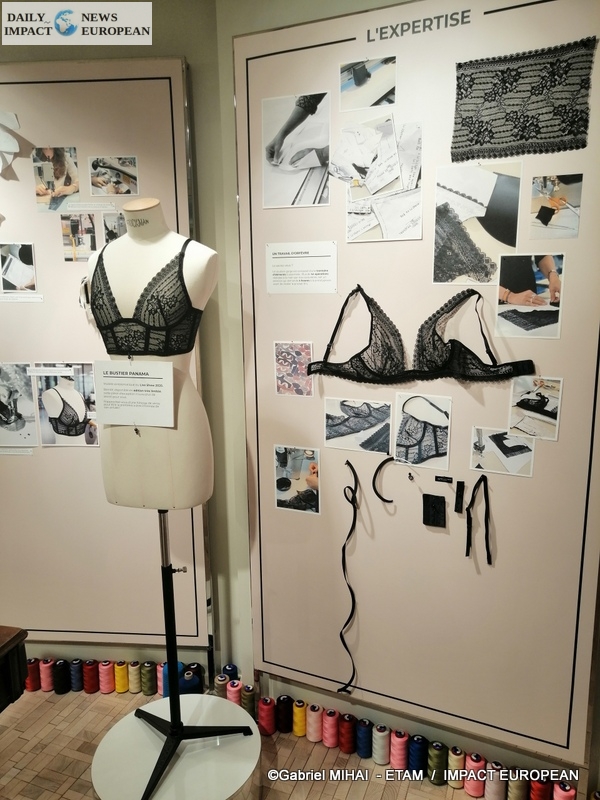
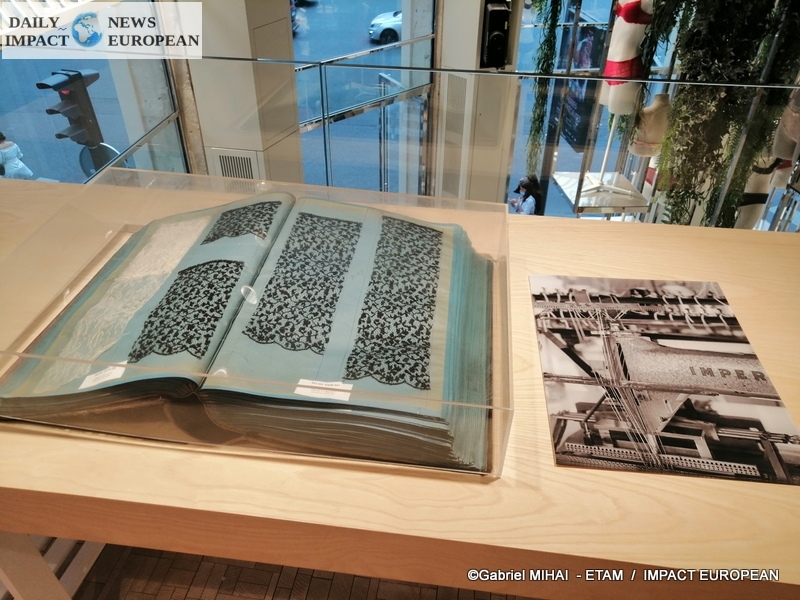
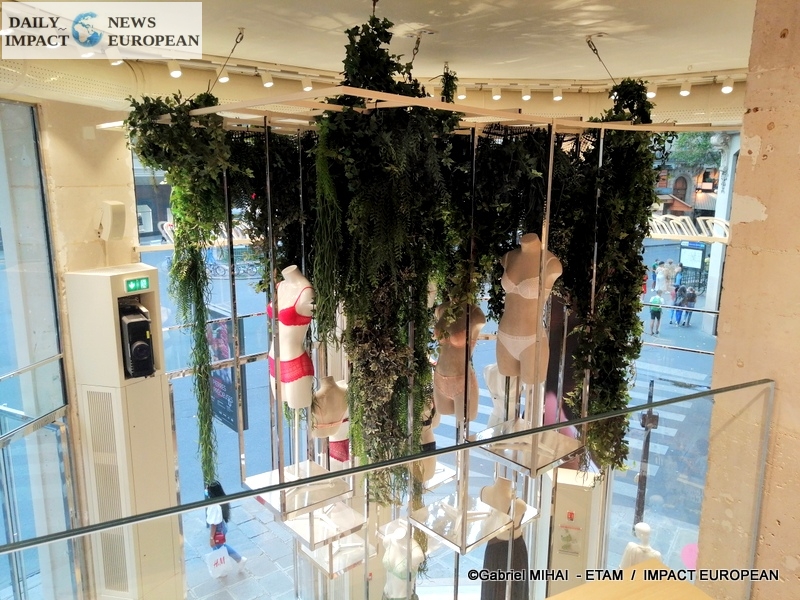
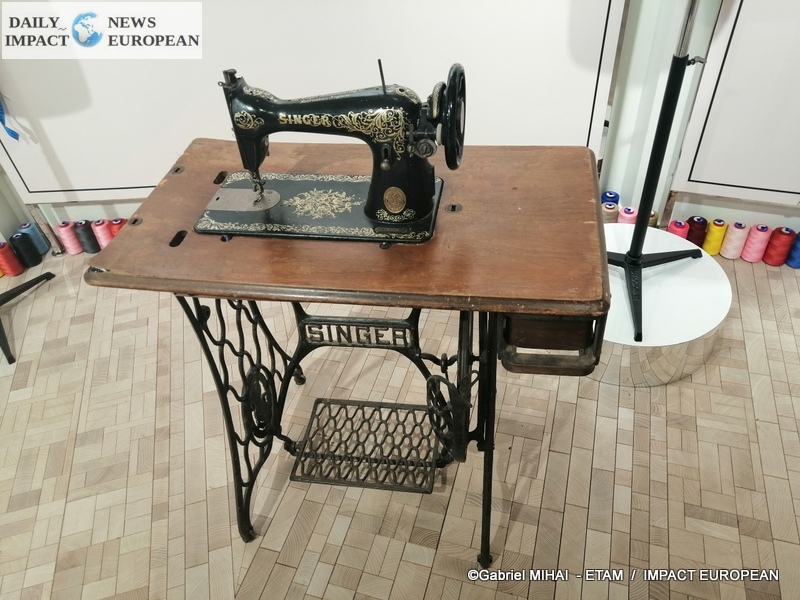
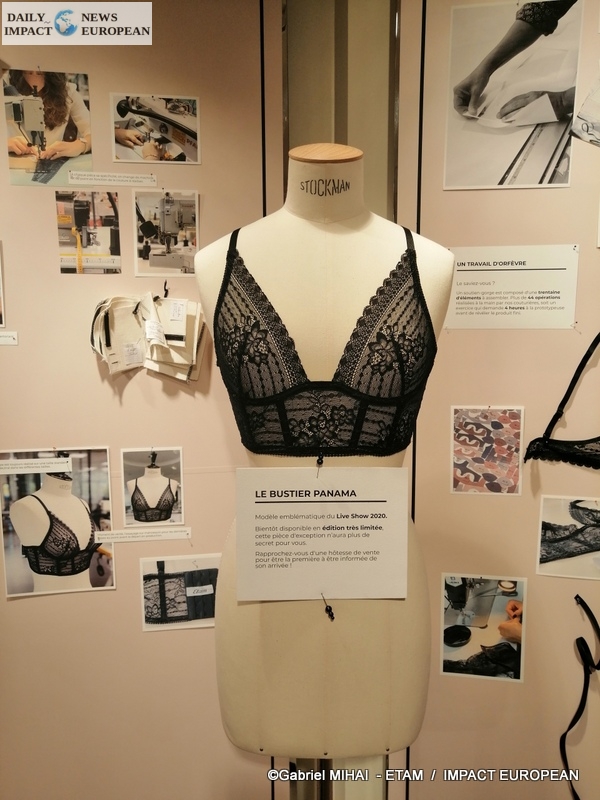
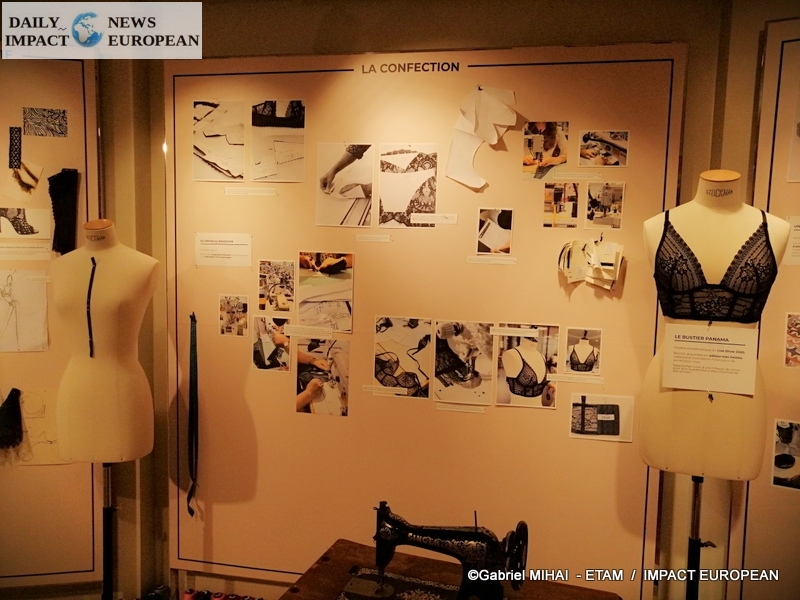


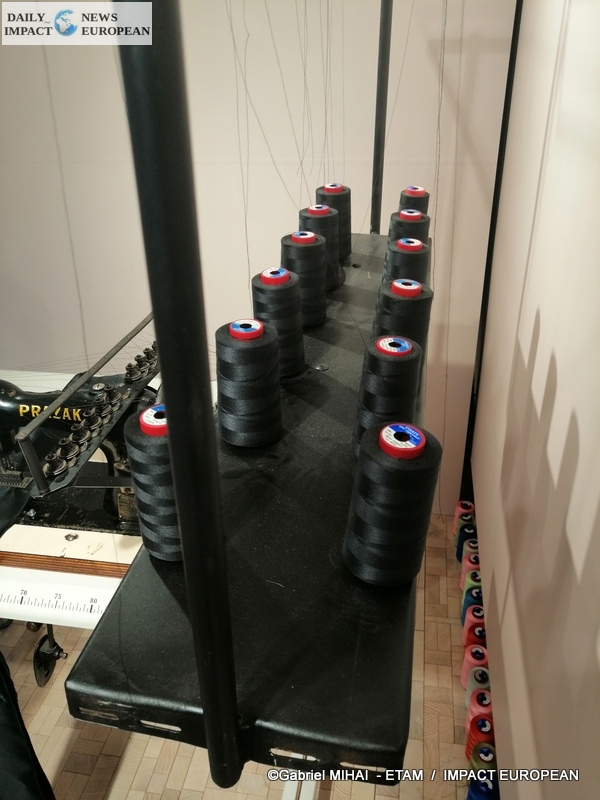
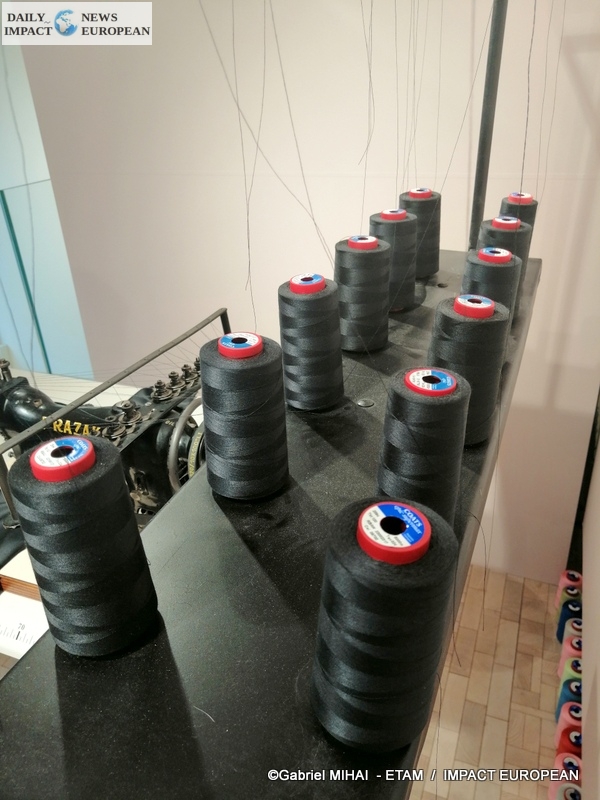
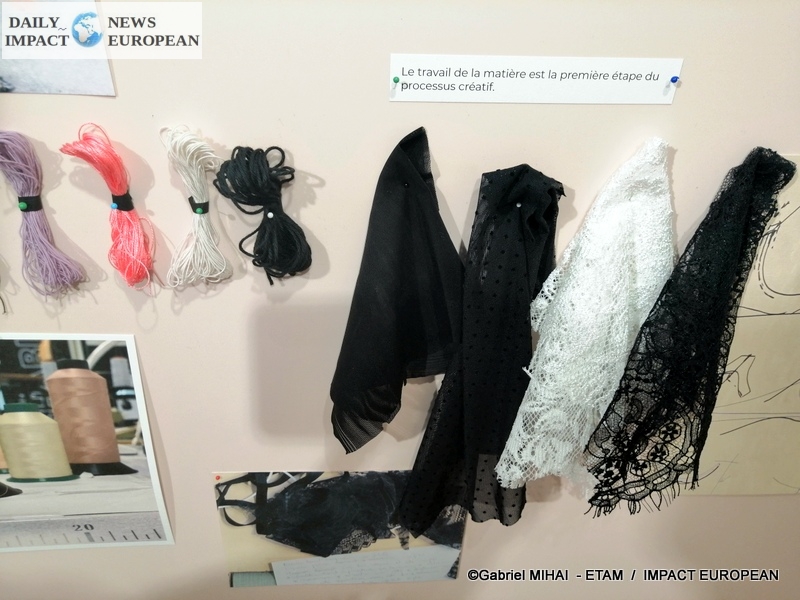
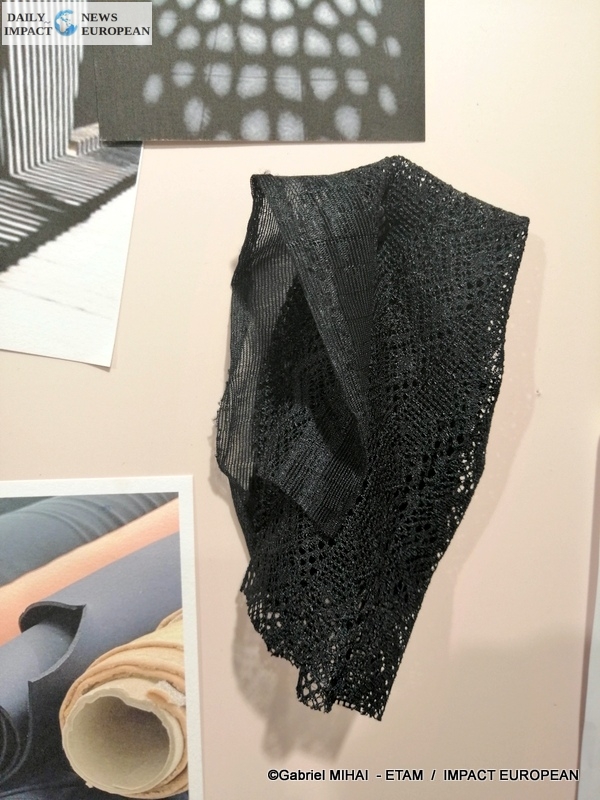
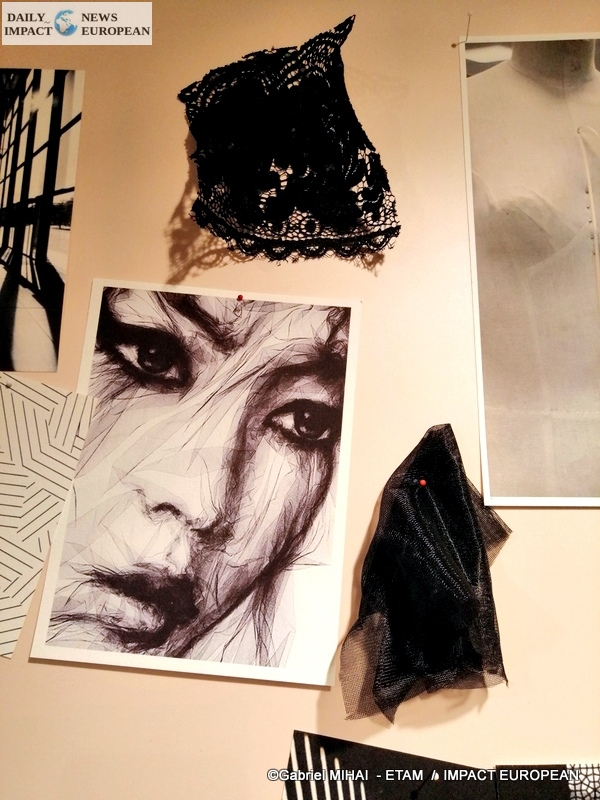

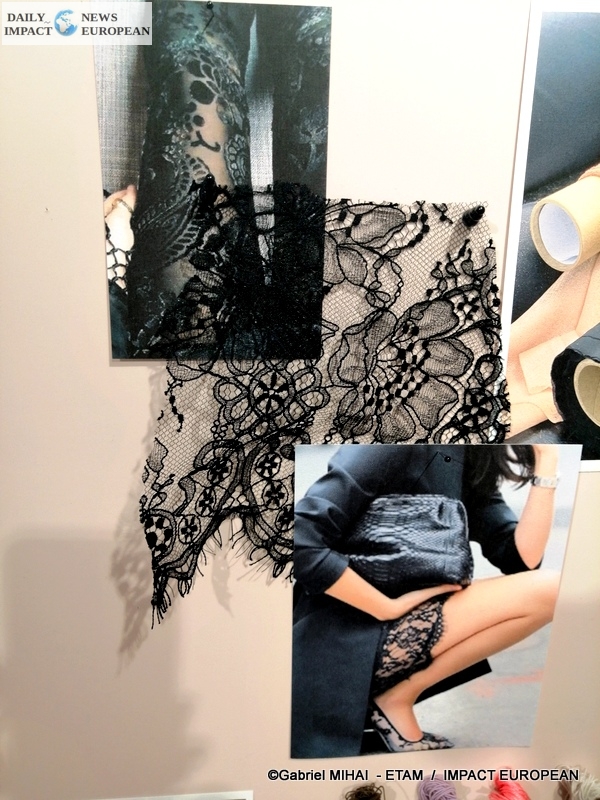
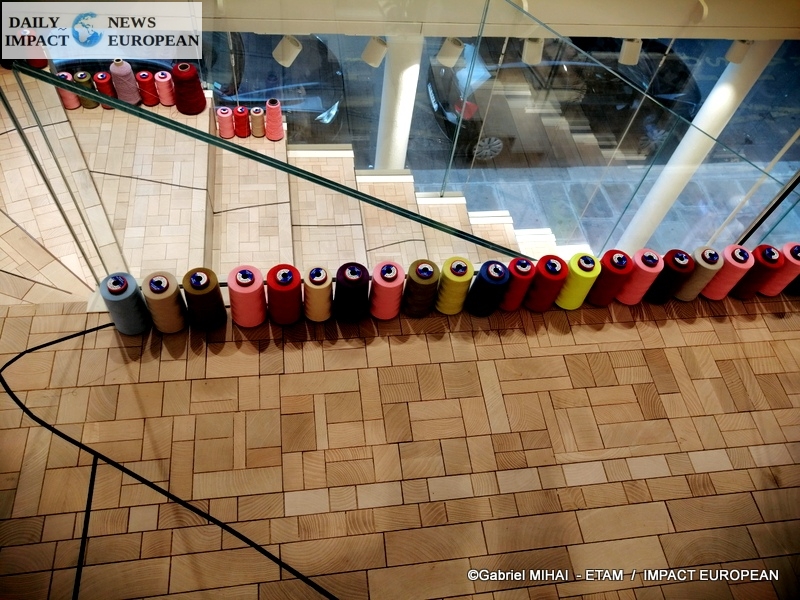
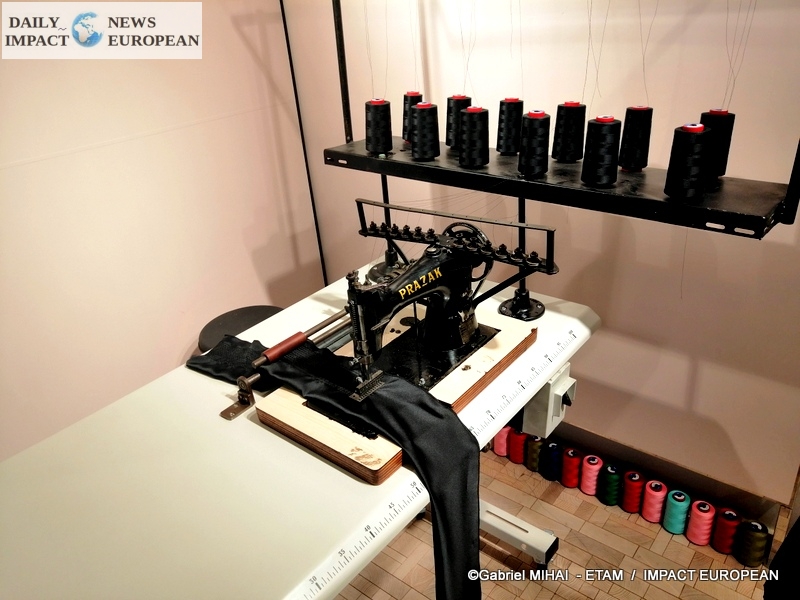
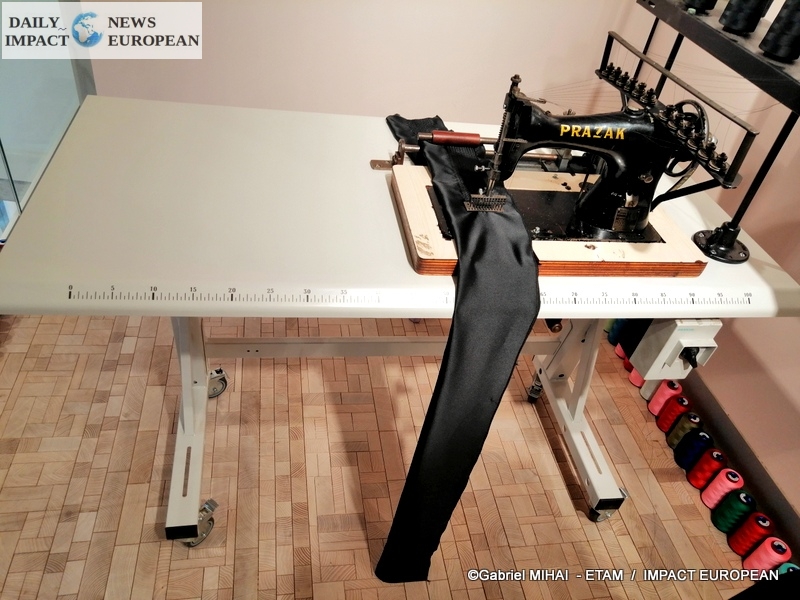
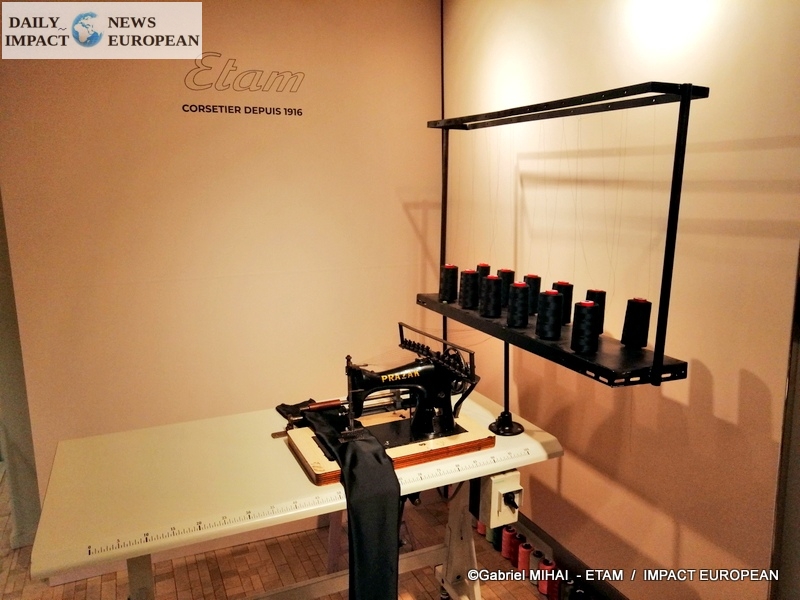
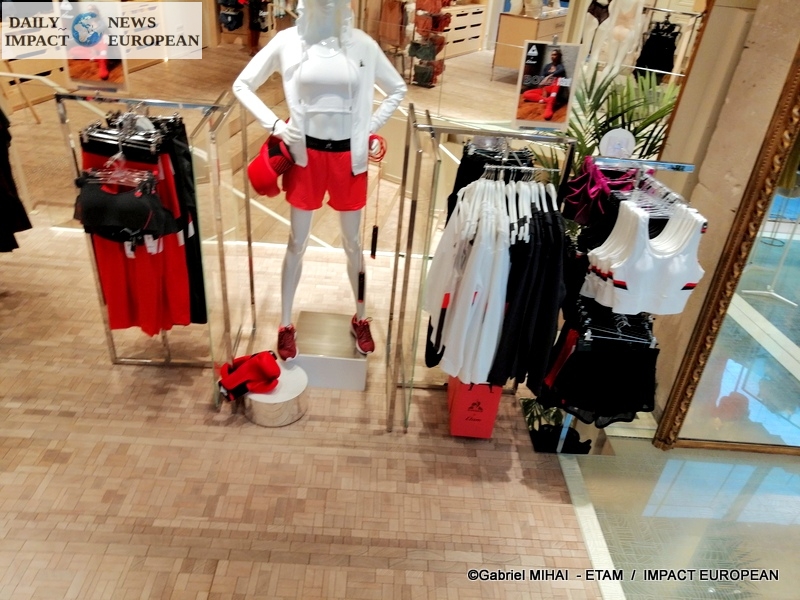

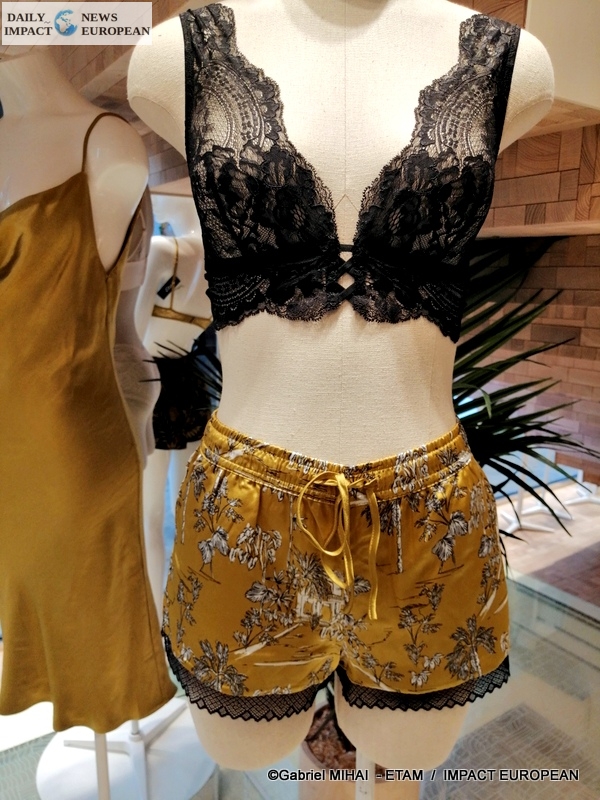

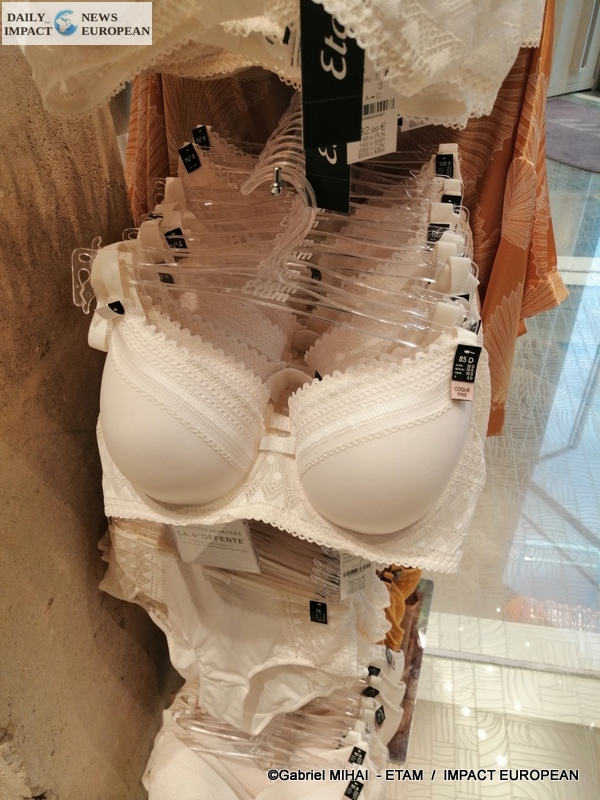
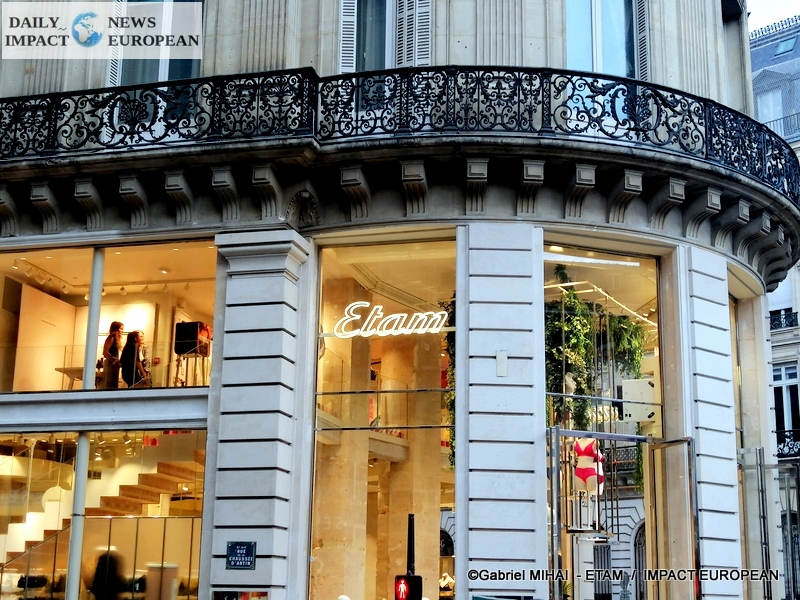
More Stories
March 8, 2024: Inclusion of abortion in the Basic Law
Personalities more present than ever at Paris Fashion Week
The 60th edition of the international agricultural show, disrupted by dozens of angry farmers